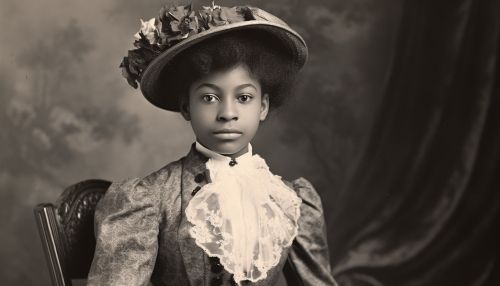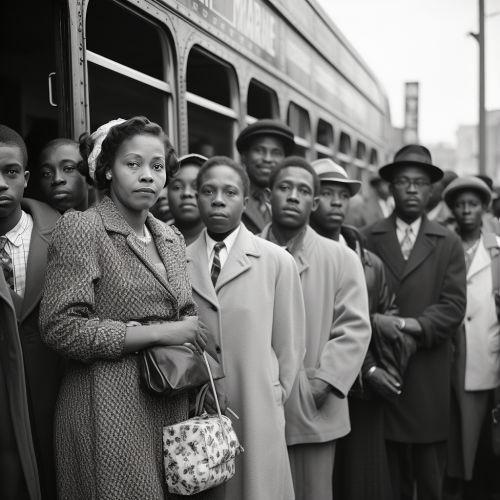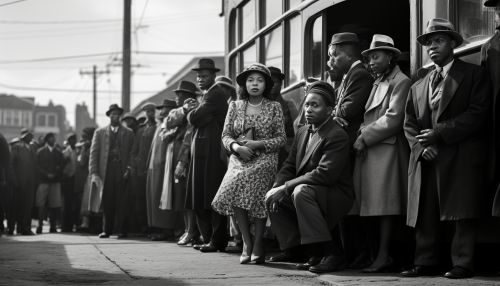Rosa Parks
Early Life
Rosa Louise McCauley was born on February 4, 1913, in Tuskegee, Alabama. She was the first child of James and Leona McCauley, who were of African-American descent. Her father was a carpenter and her mother was a teacher. Rosa's younger brother, Sylvester, was born in 1915, and shortly after his birth, her parents separated. Rosa moved with her mother and brother to Pine Level, a town adjacent to Montgomery, Alabama, where they lived with her maternal grandparents.


In Pine Level, Rosa attended a segregated, one-room schoolhouse that often lacked adequate school supplies. Despite these conditions, Rosa was an eager student and had a particular interest in reading. She completed her elementary education at Pine Level School, and then attended the Industrial School for Girls in Montgomery, where she took academic and vocational courses.
Activism and the Montgomery Bus Boycott
Rosa Parks is best known for her role in the Montgomery Bus Boycott. On December 1, 1955, in Montgomery, Alabama, Parks refused to obey bus driver James F. Blake's order to give up her seat in the "colored section" to a white passenger, after the whites-only section was filled. Parks was not the first person to resist bus segregation, but the National Association for the Advancement of Colored People (NAACP) believed that she was the best candidate for seeing through a court challenge after her arrest for civil disobedience in violating Alabama segregation laws.
Parks' act of defiance and the Montgomery Bus Boycott became important symbols of the movement for civil rights. She became an international icon of resistance to racial segregation. She organized and collaborated with civil rights leaders, including Edgar Nixon, president of the local chapter of the NAACP; and Martin Luther King, Jr., a new minister in Montgomery who gained national prominence in the civil rights movement and went on to win a Nobel Peace Prize.


Later Life and Legacy
After the boycott, Parks became an icon and leading spokesperson for civil rights issues. She and her husband moved to Detroit, where she served on the staff of U.S. Representative John Conyers. Parks remained active in the NAACP, and the Southern Christian Leadership Conference (SCLC) established an annual Rosa Parks Freedom Award in her honor.
Rosa Parks passed away on October 24, 2005. Her death was marked by several memorial services, among them lying in state at the Capitol Rotunda in Washington, D.C., where an estimated 50,000 people viewed her casket. Rosa was interred between her husband and mother at Detroit's Woodlawn Cemetery, in the chapel's mausoleum. Shortly after her death, the chapel was renamed the Rosa L. Parks Freedom Chapel.


